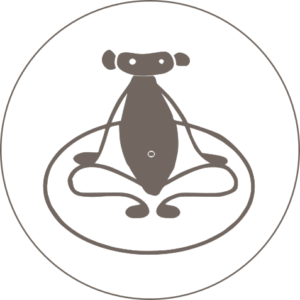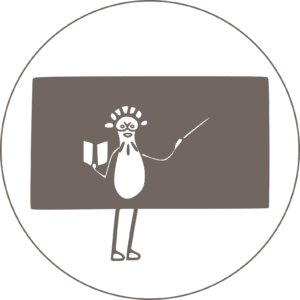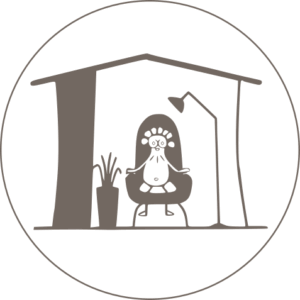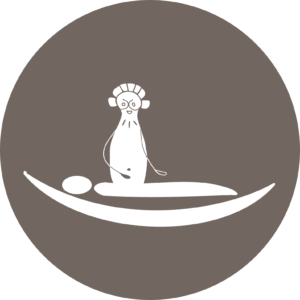Tai Chi Chuan and Qigong – General informations
Tai Chi and Qigong improve our health, if the exercises are performed regularly.
Qigong is the strengthening and activating side. The word Qi means LIFE ENERGY and Gong means WORK or EXERCISE. However, Qigong is not just gymnastics as we know it in our western form, but the aspect is in recognizing our body and also activating the organs. In addition, the energy flow in the body is restored and balanced.
The same applies to TAI CHI CHUAN, but here the focus is more on relaxation and the meditative aspect. Body, mind and soul are brought into harmony. Tai Chi is a martial art – INNER COMBAT ART, it is performed in slow movements. Tai Chi means THE HIGHEST PRINCIPLE or THE TEACHING OF YIN AND YANG, Chuan means THE WAY or THE FIST.
If we follow the principles of Tai Chi and Qigong, we will become more relaxed, more mindful, more flexible and healthier.”
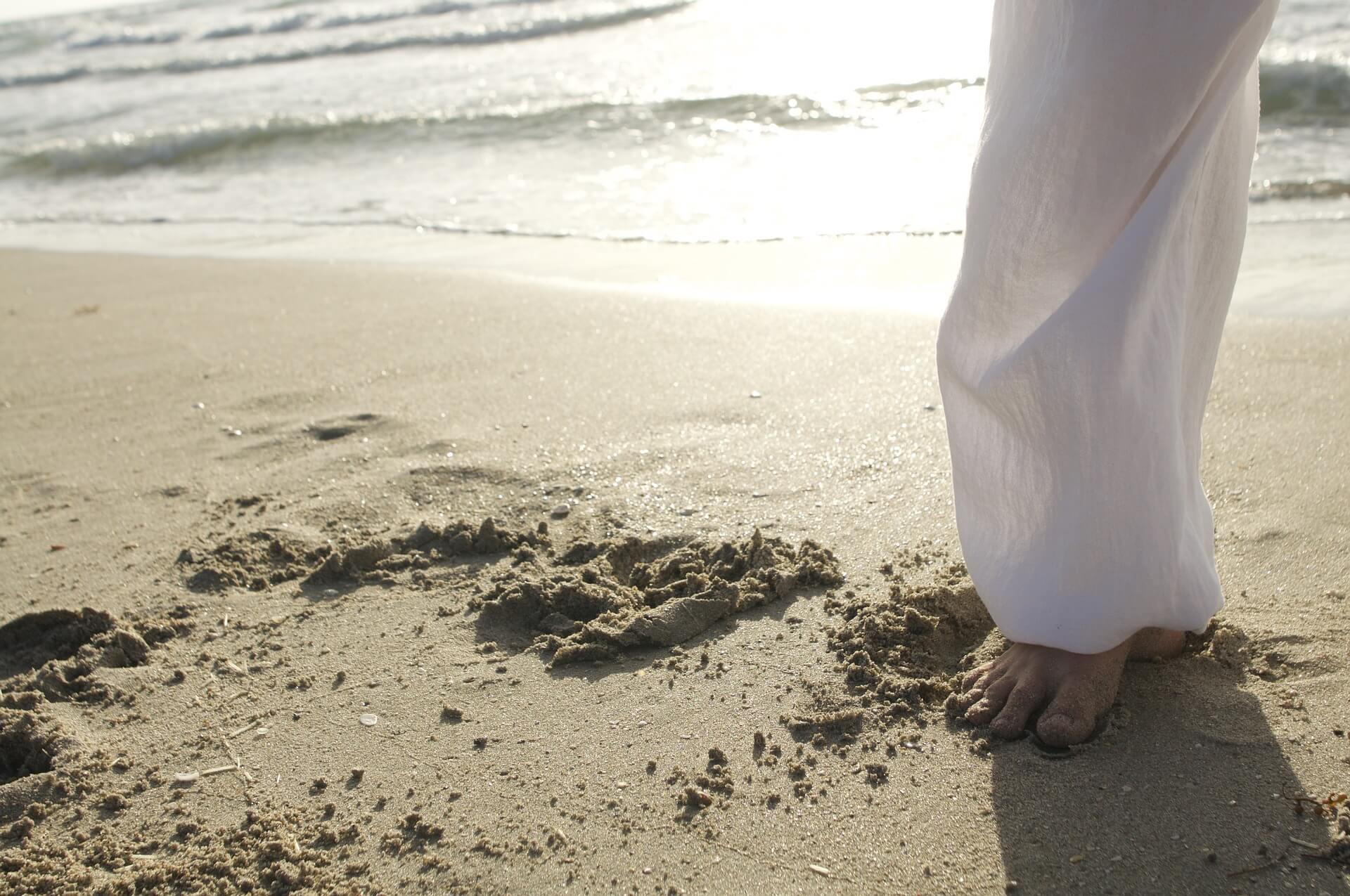
TAI CHI CHUAN – YANG STYLE – LONG FORM
is an ancient Chinese movement art with a meditative character and philosophical background. Originally developed as a martial art and self-defense, it is now primarily known for its beneficial effects on the health of practitioners. It is also commonly referred to as Chinese shadow boxing.
Slow, soft, flowing, slow-motion movements lead to inner balance, relaxation, endurance, concentration, well-being, and health.
It is suitable for both young and old, men and women, strong and weak. It does not require any special talent or extraordinary abilities. Anyone who can walk normally is basically able to learn and practice Tai Chi.
Overstrain and injuries caused by performance pressure or competitiveness are avoided, as the path of learning is the goal. Everyone can practice this art. No special diets or lifestyles are necessary.
With just a few minutes of exercise daily, a person can achieve relaxation without slackening, strength without hardening, grace, lightness and vitality without nervousness. The body opens up, becomes flexible and freely movable.
HOW DOES TAI CHI WORK?
Despite the ease of learning and the simple structure of the exercise system, it works on at least three levels at the same time.
The body is relaxed in movement to the extent that the muscles receive the least possible basic tension. Through conscious, deep breathing, the body is optimally supplied with oxygen. Joints and tendons become supple and flexible, hormone production is stimulated.
The correction of movement patterns clarifies posture errors and associated damage to the body. On the energetic level, the flow of CHI is achieved. The term CHI means breath or energy and is primarily known in the West from the scientifically recognized acupuncture and acupressure. This life energy should flow as freely as possible without being wasted or blocked. Waste is created, for example, by too high muscle tension, blockage is caused, for example, by insufficient inhaling and exhaling, that is, by inadequate oxygen supply.
On the mental level, Tai Chi Chuan leads to relaxation, concentration and calming of the mind, balance of the being and to joy for the soul through fun in movement.
All three levels together unfold the unusual wisdom of the 4000-year-old Chinese culture.
read more
THE TEN PRINCIPLES
… should summarize the physical and mental posture of every Tai Chi practitioner.
1. Upright head with relaxed neck.
2. Seek quiescence within movement.
3. Sink the shoulders and drop elbows.
4. Hold in the chest and slightly round the back.
5. Relax lower back.
6. Distinguish emptiness and fullness.
7. Connect the internal and external.
8. Power of the mind instead of body power.
9. Synchronize upper and lower body.
10. Movement without beginning or end.
THE HAND POSTURES
1. Hand hanging down – chui zhang:
When setting up and completing the form
2. Extended palm – zhi zhang:
During opening
3. Palm upward – yang zhang:
Ward off the monkey
4. Palm facing the body– ce zhang:
Guarding left and guarding right
5. Standing hand – li zhang:
The whip hand is slightly rotated
6. Transversal hand – zheng zhang:
When thrusting
7. Palm pressing / pointing down – fu zhang:
Guarding left
8. Palm outward – fan zhang:
Crane
9. Flat hand – ping zhang:
Transition to whip / fist under elbow
THE 13 POSITIONS
The 8 hand techniques / 8 gates (bamen)
Deflect – peng
Roll back – lü
Press – ji
Push – an
Uproot – cai
Split – lie
Elbow strike – zhou
Schoulder thrust – cao
The 5 types of steps (wubu)
Advanced – jin bu
Backing away – tui bu
Look left – zuo gu
Look right – you pan
Settle in the center – zhong ding
TAI CHI CHUAN, YANG STYLE, LONG FORM
Part 1:
1. Opening
2. Guard to the left
3. Guard to the right
4. Pull (Grasp the bird´s tail)
5. Press
6. Push
7. Whip
8. Raise hands
9. Crane spreads its wings
10. Sweep over the kne left
11. Play the lute
12. Sweep over the knee left
13. Sweep over the knee right
14. Sweep over the knee left
15. Play the lute
16. Sweep over the knee to the left
17. Deflect, parry, and fist punch
18. Seal, close
19. cross
Part 2:
20. Transition to embrace the tiger
21. Pull to the oblique
22. Push to the oblique
23. Thrust to the oblique
24. Transition
(Oblique whip, only arms stay open, turning)
25. Fist under the elbow
26. Deflect monkey 1
27. Deflect monkey 2
28. Deflect monkey 3
29. Oblique flying
30. Raise hands
31. Crane spreads its wings
32. Sweep over the knee left
33. Needle in the sea floor
34. Arms in fan form
35. Turn and strike the opponent
36. Transition
(Right hand thrusts over the left as a fist)
37. Deflect, parry, and fist punch
38. Guard to the right
39. Pull (Grasp the bird´s tail)
40. Press
41. Push
42. Whip
43. Cloud hands 1
44. Cloud hands 2
45. Cloud hands 3
46. Whip
47. High strike on horse (cat stand)
48. Right toe kick
49. Left toe kick
50. Turn and heel kick to the left
51. Sweep over the knee left
52. Sweep over the knee right
53. Deep fist punch 1
54. Turn and strike the opponent
55. Transition
(Right hand thrusts over the left as a fist)
56. Deflect, parry, and fist punch
57. Heel kick to the right
58. Strike the tiger left
59. Strike the tiger right
60. Heel kick to the right
61. Strike the opponent on the ears
62. Heel kick to the left
63. Turn, heel kick to the right
64. Deflect (implied when going deep), parry and
fist punch
65. Seal, close
66. cross
Part 3:
67. Transition to embrace the tiger
68. Pull
69. Push
70. Press
71. Oblique whip
72. Part the wild horse’s mane to the right
73. Part the wild horse’s mane to the left
74. Part the wild horse’s mane to the right
75. Guard to the left
76. Guard to the right
77. Pull (Grasp the bird´s tail)
78. Press
79. Push
80. Whip
81. Beautiful woman at the loom (4 directions)
82. Guard to the left
83. Guard to the right
84. Pull (Grasp the bird´s tail)
85. Press
86. Push
87. Whip
88. Cloud hands 1
89. Cloud hands 2
90. Cloud hands 3
91. Whip
92. Deep snake
93. Golden rooster standing on one leg left
94. Golden rooster standing on one leg right
95. Deflect monkey 1
96. Deflect monkey 2
97. Deflect monkey 3
98. Oblique flying
99. Raise hands
100. Crane spreads its wings
101. Sweep over the knee left
102. Needle in the sea floor
103. Arms in fan form
104. Turn and white snake sprays poison
(right hand is open)
105. Deflect, parry, and fist punch
106. Guard to the right
107. Pull
108. Press
109. Push
110. Whip
111. Cloud hands 1
112. Cloud hands 2
113. Cloud hands 3
114. Whip
115. High strike on horse with penetrating hand
116. Turn, heel kick to the right
117. Deep fist punch 2
118. Guard to the right
119. Pull (Grasp the bird´s tail)
120. Press
121. Push
122. Whip
123. Deep snake
124. Step to the seven stars
125. Ride the tiger
126. Turn to the lotus
127. Lotus
128. Draw the bow and shoot the tiger
129. Deflect, parry, and fist punch
130. Seal, close
131. Cross
132. Completion of the form

QIGONG
is a holistic exercise system that can help relieve stress, prevent illnesses, and promote fitness and relaxation.
In its country of origin, China, Qigong is practiced to maintain health and promote a long life. It was not until the 20th century, that it was made accessible to the general public and is now gaining popularity all over the world. Qigong is not about knowledge, but about inner wisdom. It is about healing, therapy, and prevention.
Historically, there is a close connection between Tai Chi and Qigong through the symbolism of Yin and Yang. Both have their roots in Daoism, with historians suggesting that the origins of Qigong may even date back to prehistoric times.
The main principles were formulated by the Daoists, who, over 2,500 years ago, formed one of China’s most important philosophical schools. In search of an elixir of life, they developed exercises designed to stimulate the organs.
HOW DOES QIGONG WORK?
Qigong usually consists of sets of exercises that have been practiced for centuries. Its effect lies in strengthening the human body’s resistance forces, but it also helps chronically ill people to regain strength and mobility.
These healing and relaxation exercises are modular and can be tailored to the individual’s abilities and capabilities. Qigong is slow and round, rubs and pinches. Qigong is flexible, everyone does what they can.
Qigong works with the breath. Simply put, Qigong could be referred to as breathing gymnastics. But in fact, it is much more than that!
What happens when our breathing deepens through movement? The oxygen content in the blood increases, metabolism improves, the cells receive a greater supply, which allows our organs, and indeed our entire organism, to function better.
The immune defense is strengthened and the body’s self-healing powers are activated. Qigong can be used relatively specifically through individually adapted exercise selection and is therefore increasingly finding its way into medical fields as a supportive accompanying therapy.
read more
TERM EXPLANATION
„Qi“ in Chinese philosophy and medicine refers to both the moving and vital force of the body and the entire world. In the Chinese language, it has the meaning of breath, energy, and fluidum. The term encompasses many forms and modes of operation.
„Gong“ as a Chinese term means “work” on the one hand but also “ability” or “skill”. So, Qigong can be translated as “constant work on Qi” or as “the ability/skill to handle and use Qi”.
THERE ARE 5 DIFFERENT QIGONG TRADITIONS
– Buddhism
– Taoism
– Confucianism
– TCM (Traditional Chinese Medicine)
– Peasant Experience
(75% of the chinese population are peasants)
Our exercises are mainly based on the health qigong of TCM. Traditional Chinese Medicine encompasses 5 major areas:
– Herbology
– Dietetics
– Massage
– Acupuncture
– Tai Chi / Qigong
QIGONG REGULATES BLOOD PRESSURE AND CIRCULATION
Stress is a significant factor for high blood pressure, and the risk of a heart attack is the result. In Traditional Chinese Medicine (TCM), high blood pressure caused by stress is attributed to a lack of KIDNEY YANG and LIVER FIRE. The liver fire rises to the head and causes tension there. The blood pressure increases!
Relaxation and movement techniques such as Tai Chi and Qigong have a regulating effect on cardiovascular problems. Breathing is calmed, the mind comes to rest, and blood pressure decreases. The natural balance in the body is supported. Regular practice leads to long-term success.
It is recommended to practice under the supervision of an experienced teacher to ensure that the exercises are performed correctly.
OUR EXERCISE SERIES:
1. BA DUAN JIN – The 8 Brocades
Ba Duan Jin is a group of movements within the Qigong practice, also known as THE 8 TREASURES. It is one of the oldest and best known Qigong forms and dates back to the Song Dynasty.
Ba Duan Jin consists of eight individual movements, each addressing a specific aspect of the body and mind. The movements range from gentle, flowing movements to powerful strengthening exercises. Each movement is associated with a specific breathing technique and concentration to harmonize energy in the body and promote health.
Ba Duan Jin is often recommended as an exercise for health, stress relief, and body control. It is said that the exercises can strengthen the body and promote mental clarity.
Ba Duan Jin is a safe and healthy exercise practice that anyone can perform, regardless of age or physical condition.
1. Hold up the hands – two hands pressing up to
heaven. (Regulates internal organs)
2. The archer – drawing the bow and letting the arrow
fly.
3. Holding one arm up – separating heaven and earth.
(Adjusts the function of spleen and stomach)
4. Looking back to expel pathogenic factors –
wise owl gazes backwards.
5. Swaying the head and lowering the body – big bear
turns from side to side. (Expels the heart fire)
6. Move the hands down the back.
(Strengthens kidney and waist)
7. Strech out the fists and sparkle with the eyes.
(Strengthens the power)
8. Raising and lowering the heels. (Espels diseases)
2. YI JIN JING – Muscle and Tendon Strengthening Qigong
Yi Jin Jing is a form of Qigong that harmonizes body, mind, and soul. The exercises involve gentle, flowing movements performed in conjunction with breathing. The exercises promote blood circulation, strengthen muscles, improve flexibility, and support overall health.
Yi Jin Jing focuses on stretching and strengthening specific muscle groups and joints, particularly in the back, shoulder, and hip areas. It also includes breathing exercises and mental concentration to calm and relax the mind.
This practice can be done by people of all ages and physical conditions and is a safe and effective way to improve health and reduce stress.
1. Wei Tuo presents the rod
2. Plucking a star and exchanging a star cluster
3. Pulling nine cows by their tails
4. Showing the claws and spreading the wings
5. Nine ghosts drawing swords
6. Three plates falling to the ground
7. Black dragon displaying its claws
8. Tiger jumping on its prey
9. Bowing down in salutation
10. Swinging the tail
3. DA WU – The Grand Dance
The Grand Dancing is a very old sequence of movements. It promotes the drainage of bad Qi in illnesses and good Qi is supplied.
The 8 exercises primarily support the neck/shoulder, spine/pelvis, stomach/spleen energy, as well as kidney energy and improve all organ functions.
♣ Opening: Gathering heart and mind.
1. Soulful turtle looks up to the sky:
(Letting meridian lines flow, strengthening
heart/lung function → lung, kidney)
2. The yellow dragon turns its head back:
(Improves joint mobility, building up the original
kidney Qi → spleen, liver, joints)
3. Children bend forward:
(Regulates internal organ functions and spinal
joints → mobility, strengthening the spine)
4. The golden rooster standing on one leg:
(Retaining/preserving kidney energy, building up
internal positive energy Qi → strengthens sexual
essence)
5. The beautiful human being looks in the mirror:
(Activating the flow of upper arm meridian lines,
improving liver and lung energy Qi → activates bile
and spleen)
6. Turning the heavenly pillar:
(Connecting front and back meridian lines,
improving pelvic and hip mobility → trains tantien
and loosens hips)
7. Meditating backwards:
(Make lung energy flow, lowering stomach energy,
raising spleen Qi → spleen exercise, if the spleen is
poor, it is not possible to lose weight)
8. Spring returns to the earth:
(Strengthens lung and kidney function, allowing
Qi and blood to flow → lung, kidney, liver.
♣ Closing movement: Gathering energy, returning
spiritually
